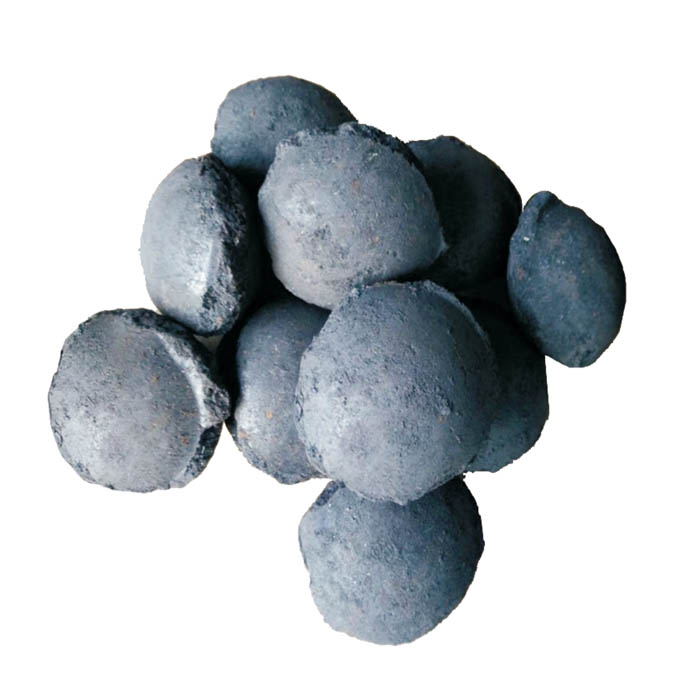Nov . 19, 2024 15:23 Back to list
high quality eaf steel making
High-Quality EAF Steel Making Innovations and Best Practices
Electric Arc Furnace (EAF) steel making has revolutionized the steel industry, offering a flexible and environmentally friendly approach to steel production. As concerns about sustainability and resource conservation become increasingly paramount, the EAF method shines as a preferred choice for producing high-quality steel. This article explores the advancements and practices that contribute to high-quality EAF steel making, addressing both production efficiency and the quality of the end product.
Understanding EAF Technology
EAF steel making involves melting scrap steel and other raw materials using high-temperature electric arcs. This process primarily relies on electricity rather than fossil fuels, significantly reducing greenhouse gas emissions. Modern EAFs can produce a wide range of steel grades by altering the composition and processing according to specific industry needs. The capacity to recycle scrap steel also enhances the sustainability profile of EAF steel making.
Quality Control in EAF Steel Production
To ensure high-quality outputs, several factors must be regulated throughout the EAF steel-making process
1. Raw Material Selection The quality of scrap steel is paramount. Steelmakers focus on sourcing high-grade scrap, often preferring automotive, electrical, and structural steel due to their superior properties. The removal of contaminants and impurities before the melting process is crucial to prevent defects in the final product.
2. Melting Temperature and Time Optimizing the melting temperature and time is essential for achieving homogeneous molten steel. Excessive heating can lead to oxidation and the formation of undesirable compounds, whereas insufficient temperatures may not fully melt the scrap, compromising quality. Advanced technologies, such as temperature monitoring systems, help stabilize these parameters.
3. Alloying and Composition Control High-quality steel often requires the addition of various alloying elements, such as nickel, chromium, and manganese, depending on the desired characteristics. Continuous monitoring and analysis of chemical composition throughout the melting process are vital in ensuring that the steel meets specific standards.
high quality eaf steel making

4. Refining Processes Post-melting, additional refining processes like ladle stirring, vacuum treatment, or continuous casting can significantly enhance steel quality. These processes help eliminate impurities and control the microstructure, ultimately leading to better mechanical properties and performance.
Innovations Driving Quality in EAF Steel Making
Recent advancements in technology have produced a range of innovative solutions for optimizing quality in EAF steel production. Here are some noteworthy trends
1. Artificial Intelligence and Data Analytics AI and machine learning systems are increasingly being integrated into steelmaking processes. By analyzing production data and operational parameters, these systems can predict outcomes, optimize operations in real-time, and ensure that the steel produced meets required specifications consistently.
2. Environmental Monitoring Emphasizing sustainability, modern EAFs incorporate systems to monitor emissions and ensure compliance with environmental standards. Technologies such as off-gas cleaning and dust collection improve overall air quality and reduce the carbon footprint of steel making.
3. Advanced Simulation Software Simulation tools enable steelmakers to model various scenarios, including raw material compositions and melting parameters, facilitating better planning and quality assurance before actual production.
4. Process Integration The integration of EAF with other processes, such as electric arc furnace steelmaking combined with direct reduced iron (DRI), enhances efficiency. This hybrid approach not only increases the use of renewable energy but also improves steel quality by balancing various iron feedstocks.
Conclusion
High-quality EAF steel making stands at the intersection of innovation and sustainability, affirming its critical role in the modern steel industry. By embracing advancements in technology and maintaining rigorous quality control measures, steelmakers can ensure that they meet the evolving demands of customers while contributing to a greener planet. As we move forward, continued investment in research, development, and sustainable practices will be essential for enhancing the quality of EAF-produced steel, ensuring its place as a cornerstone of the global economy.
-
Eco-Friendly Granule Covering Agent | Dust & Caking Control
NewsAug.06,2025
-
Fe-C Composite Pellets for BOF: High-Efficiency & Cost-Saving
NewsAug.05,2025
-
Premium Tundish Covering Agents Exporters | High Purity
NewsAug.04,2025
-
Fe-C Composite Pellets for BOF | Efficient & Economical
NewsAug.03,2025
-
Top Tundish Covering Agent Exporters | Premium Quality Solutions
NewsAug.02,2025
-
First Bauxite Exporters | AI-Optimized Supply
NewsAug.01,2025
